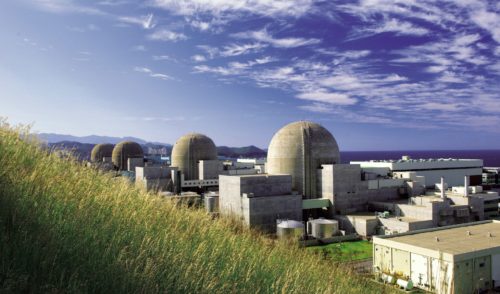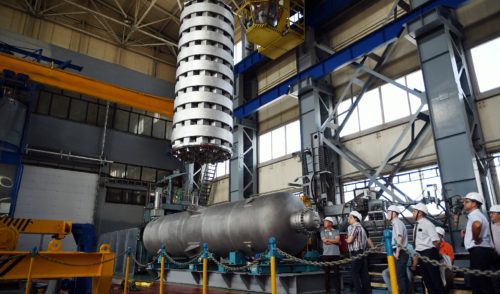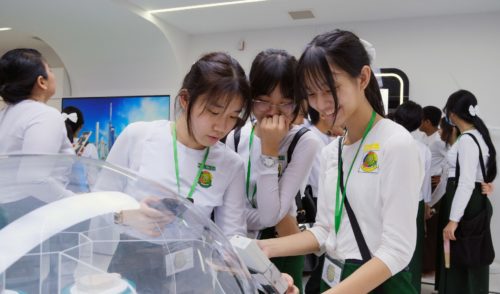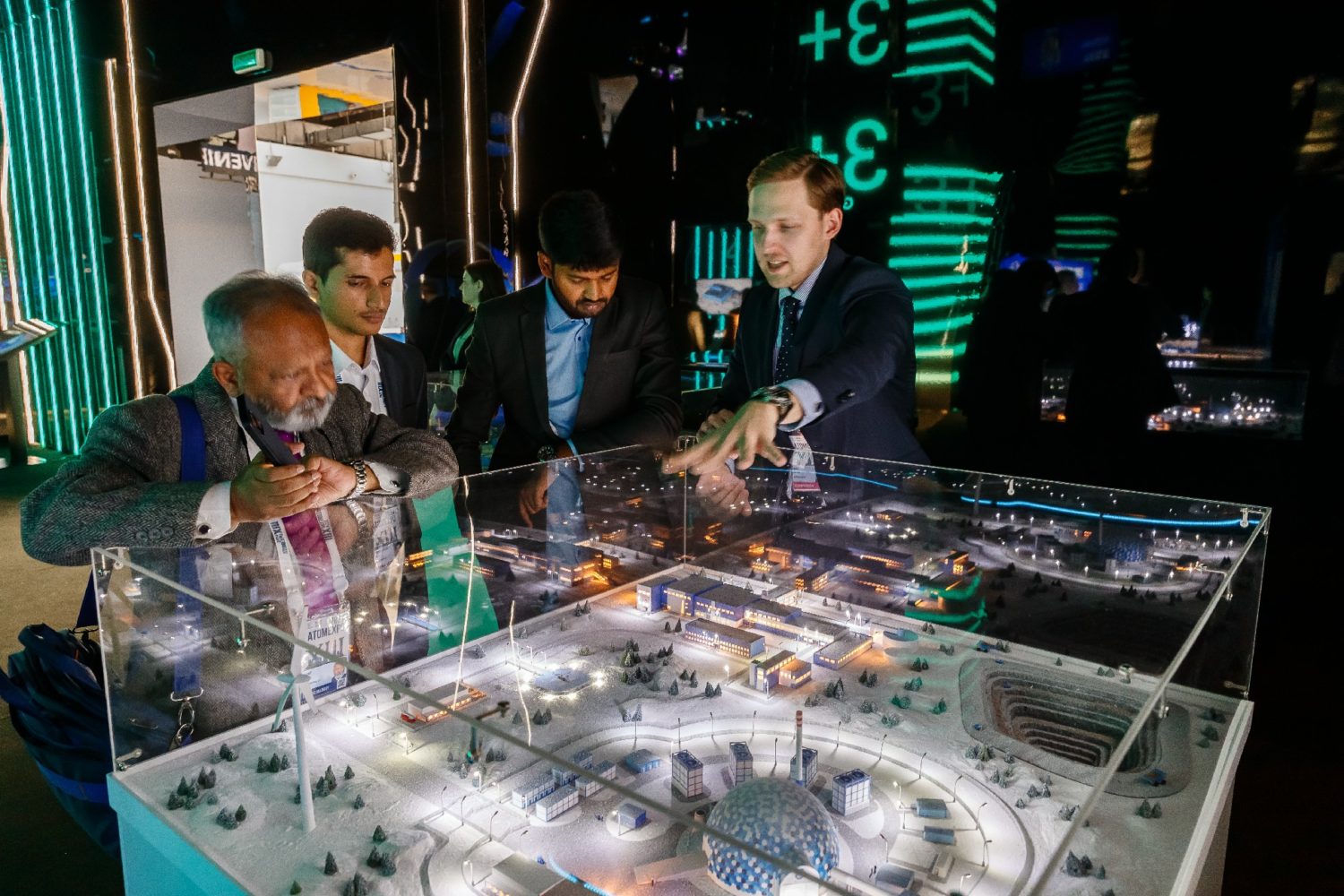
SMR Prospects
back to contentsSmall modular reactors (SMRs) are one of the hottest topics on the global energy agenda. They have an edge over conventional reactors in isolated grids and hard-to-reach areas. Rosatom is developing several designs for small-scale nuclear generation. SMR development prospects were discussed at the Atomexpo 2024 international forum held in late March.
The session dedicated to the capabilities of small-scale nuclear generation was one of the most attended events at the forum. Representatives of the IAEA, Brazil, Indonesia, South Africa, China and other countries took part in the session.
According to Andrey Nikipelov, Deputy Director General for Power Engineering and Industrial Solutions at Rosatom, many countries are interested in SMR technologies, and there are about 70 designs of small modular reactors in the world. Independent international expert Imre Pastor emphasized that over 10 European countries were working on the development of SMR technology.
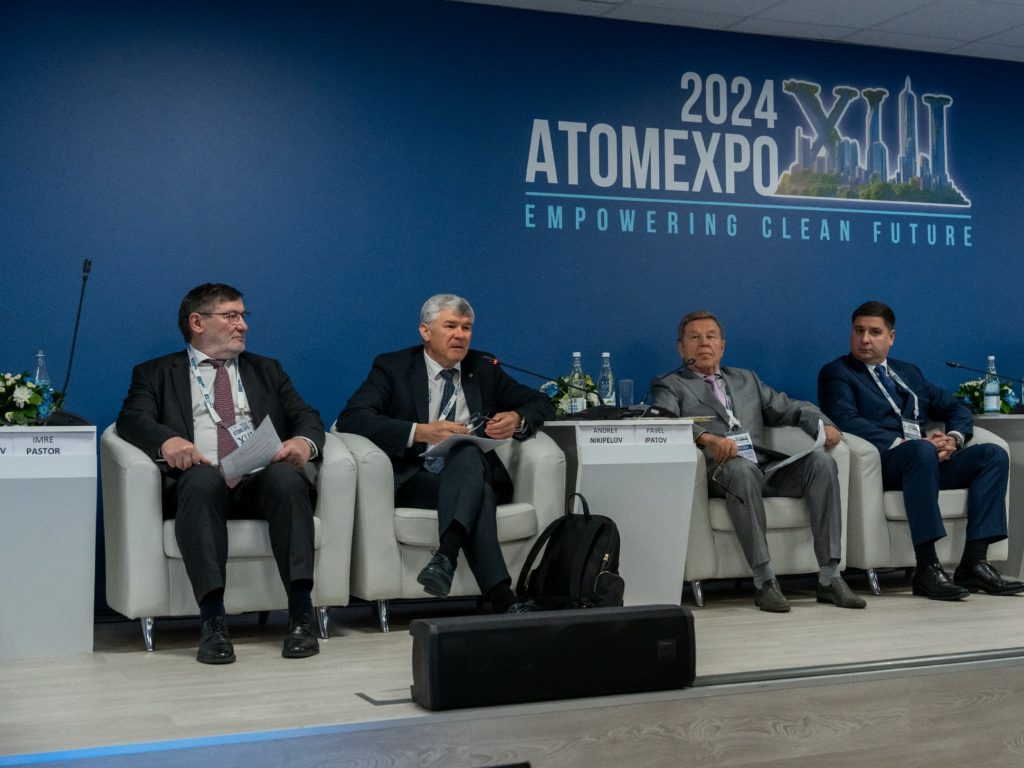
The speakers of the session named the advantages of small nuclear power plants. These include the possibility of construction in remote areas, adaptability of solutions for different power production purposes, possibility of fast and flexible power ascension, reduction of construction time, and so on. In addition, SMRs combine sustainability, reliability of power supply, and predictability of electricity tariffs. IAEA Deputy Director General Mikhail Chudakov emphasized that Russia was one of the world leaders in small-scale nuclear generation.
Rosatom offers a wide range of small-scale onshore and offshore power generation solutions: Russia operates the world’s only floating nuclear power plant (FNPP) Akademik Lomonosov, and several other SMR construction projects are under implementation.
Moored off the town of Pevek (Chukotka Autonomous District), Akademik Lomonosov consists of an offshore power unit and onshore infrastructure. The power unit comprises two KLT 40S reactors. Reactors of this type have been successfully operated on nuclear icebreakers for a long time. Each reactor installed on Akademik Lomonosov has a capacity of up to 35 MW electrical and 140 MW thermal, which is enough to supply a city with a population of 100 thousand. The service life of Akademik Lomonosov is 40 years. Its primary purpose is to supply low-carbon electricity to Pevek and its neighborhoods, as well as to the mining operations in Western Chukotka.
Russia’s next small-scale nuclear power plant will be built onshore in Yakutia. It will use the latest RITM 200N reactor design, which belongs to the RITM 200 innovative family. The reactors of this design have proven themselves as reliable propulsion plants on Project 22220 nuclear icebreakers. The onshore SMR will require a refueling once every five years. For now, the technical design for the RITM 200N reactor has received necessary approvals. The construction is scheduled to be completed in 2028. The Yakutia-based SMR will be the power heart of one of Russia’s largest mining regions, supplying electricity to local mining facilities.
Rosatom is also working to build small-scale floating nuclear power plants with RITM 200 reactors. One of them is now under construction in Chukotka to supply the Baimsky GOK mining site with electric power. Another one might be moored off the coast of Primorsky Krai (Russian Far East) as Rosatom and the Government of Primorsky Krai signed an agreement at Atomexpo 2024 to study the feasibility of these plans. Andrey Leontiev, Minister of Energy and Gas Supply of Primorsky Krai, said that the government saw the need for four floating power units to be built in the south of the region at the first stage. “Small-scale nuclear generation is an advanced way of providing a reliable supply of green electricity, with energy costs predictable for decades. In other words, it is a long-term investment into social and economic development under extremely attractive conditions. Mobility and scalability of floating power units make them twice as flexible as any other solution,” Andrey Nikipelov said.
Also at Atomexpo 2024, Rosatom and TSS Group signed a joint venture term sheet for the construction and operation of a floating nuclear reactor fleet in international markets. The parties intend to build a fleet of RITM 200M-based floating nuclear power units with a capacity of at least 100 MW and a service life of 60 years and then sell electricity generated by them to consumers abroad.
“We see much interest in floating nuclear power facilities in Russia and other countries. Our current product line includes floating power units capable of operating in both harsh Arctic conditions and countries with warm climates,” said Vladimir Aptekarev, Deputy CEO of Rosatom’s power engineering division.
Sergey Velichko, Chairman of the Board at TSS Group, called floating power units to be an effective solution to energy shortage in rapidly developing economies. “We see demand for a reliable source of green energy growing in almost every country in Africa and the Middle East. I am confident that the investment potential of the floating nuclear generation industry will increase significantly in the coming years,” Sergey Velichko said.
Another small-scale generation design in Rosatom’s product line is the SHELF-M reactor. A nuclear power plant with this reactor is planned to be deployed in Chukotka to supply power to the Sovinoye deposit and neighboring areas. The reactor has a capacity of up to 10 MW electrical and a service life of 60 years. The SHELF-M plant and its auxiliary systems are housed in a compact capsule that can be transported from site to site when necessary. The technical design of the reactor has been developed, and numerous R&D programs completed to justify the feasibility of this technology.


